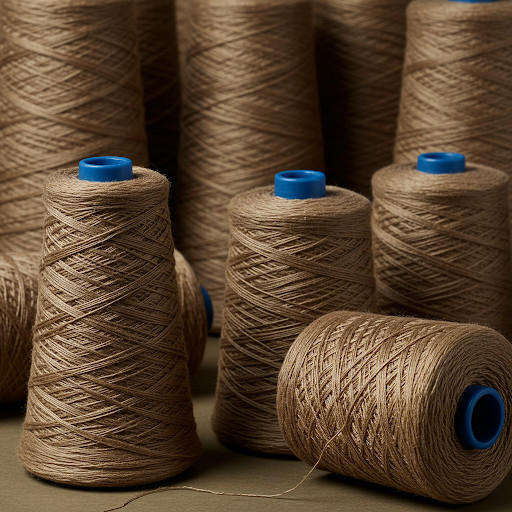Comprehensive Guide to Draw Textured Yarn (DTY)
What is DTY?
Draw Textured Yarn (DTY) is a synthetic yarn made through a mechanical texturing process, enhancing elasticity, softness, and durability. It is commonly produced using polyester or nylon.
Melting Point of DTY
Polyester DTY: 250–260°C (482–500°F)
Nylon DTY: 215–220°C (419–428°F)

How DTY is Made
- Polymerization and Extrusion: Polyester chips are melted and extruded through a spinneret to form fine filaments.
- Texturing Process: The yarn is drawn, twisted, and heat-set for elasticity and bulk.
- Finishing and Winding: The final DTY product is wound and prepared for further processing.
Key Properties of DTY
- Soft & Elastic
- Wrinkle-Resistant
- Lightweight & Durable
- Moisture-Wicking
- Color Fastness
Common Uses of DTY
- Apparel: Sportswear, casual wear, lingerie.
- Home Textiles: Curtains, upholstery, bed linens.
- Industrial Applications: Automotive fabrics, sewing threads.
- Medical & Hygiene: Face masks, medical gowns.
DTY vs. Other Yarn Types
| Feature | DTY | FDY | POY | Spun Yarn |
|---|---|---|---|---|
| Texture | Textured, crimped | Smooth, straight | Semi-textured | Soft, fluffy |
| Elasticity | High | Low | Moderate | Moderate |
| Strength | High | Very High | Medium | Medium |
| Main Use | Stretchable fabrics | Fine, smooth fabrics | Further processing | Cotton-like fabrics |
Challenges in DTY Production
- Quality Control: Ensuring uniform thickness and color consistency.
- Environmental Concerns: Polyester DTY production involves chemical processing, requiring sustainable alternatives.
- Processing Sensitivity: High temperatures during dyeing and finishing must be carefully controlled.
DTY is widely used in textiles due to its elasticity, durability, and softness. It is essential for various industries, including fashion, home textiles, and automotive applications.
Ready to order DTY?
Contact us today to discuss your DTY needs and request technical data.
Request a Sample & QuoteContact us:
- : +61436109520
- : info@newki.com.au